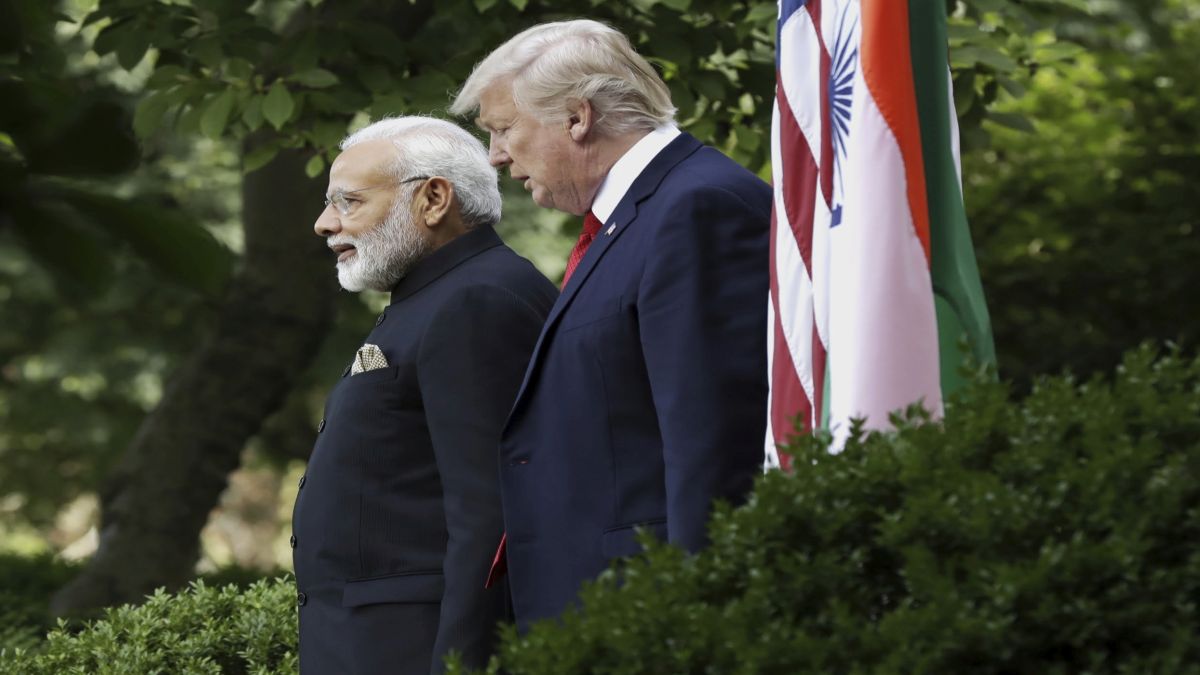In response to US President Donald Trump’s sweeping 25 per cent tariff imposition on Indian goods, New Delhi has launched a cross-ministerial exercise to identify trade concessions it can offer in upcoming negotiations. With a high-level US delegation set to arrive on August 25, key economic ministries have been directed to prepare sector-specific proposals, The Indian Express reported.
The Trump administration is seeking deeper market access than India has previously committed to, pressing for broad tariff reductions and the removal of non-tariff trade barriers.
The 25 per cent tariff, effective from August 7, is compounded by a separate, unspecified “penalty” tied to India’s defense and energy imports from Russia.
According to the report, government departments have already begun submitting possible concession packages. In some cases, such as oil refining, adjustments are underway, with refiners beginning to cut back on Russian crude purchases.
However, sources warned against retaliatory posturing in response to Trump’s provocations, no matter how inflammatory they may be. “This is a time for pragmatism, not posturing,” one official noted.
Although Trump had originally listed India among his top trade priorities, progress has been sluggish, leading to mounting frustration in Washington. Like other countries navigating Trump’s tariff tactics, India has followed a cautious approach, offering selective concessions while safeguarding its economic interests and shielding vulnerable domestic sectors.
Observers note that several nations that rushed to sign trade deals with the US, such as the UK and Australia, emerged with lopsided agreements that disproportionately benefited Washington, particularly in cases where trade deficits existed.
Impact Shorts
More ShortsNew Delhi had long operated on the assumption that the US would maintain a 10–20% tariff differential between India and China, and continue to respect India’s longstanding trade red lines. These include opposition to genetically modified (GM) crops and the need to protect its vast, labor-intensive manufacturing base that underpins much of its export economy.
The Officials cited in report remain cautious on sensitive agricultural imports, particularly soybeans, corn, and dairy, despite already proposing tariff cuts on 55 per cent of US imports. This figure could rise in the upcoming talks, especially as India’s trade pacts with Japan, South Korea, and ASEAN saw over 80 per cent of tariff lines reduced to zero.
While negotiators are eyeing October as the tentative deadline for finalising a deal, progress in fresh rounds of talks could accelerate that timeline. Complicating India’s position, however, is the possibility of China finalising a trade deal of its own, potentially locking in favorable tariff rates and securing waivers, including on penalties linked to Russian oil imports.


)

)
)
)
)
)
)
)
)



